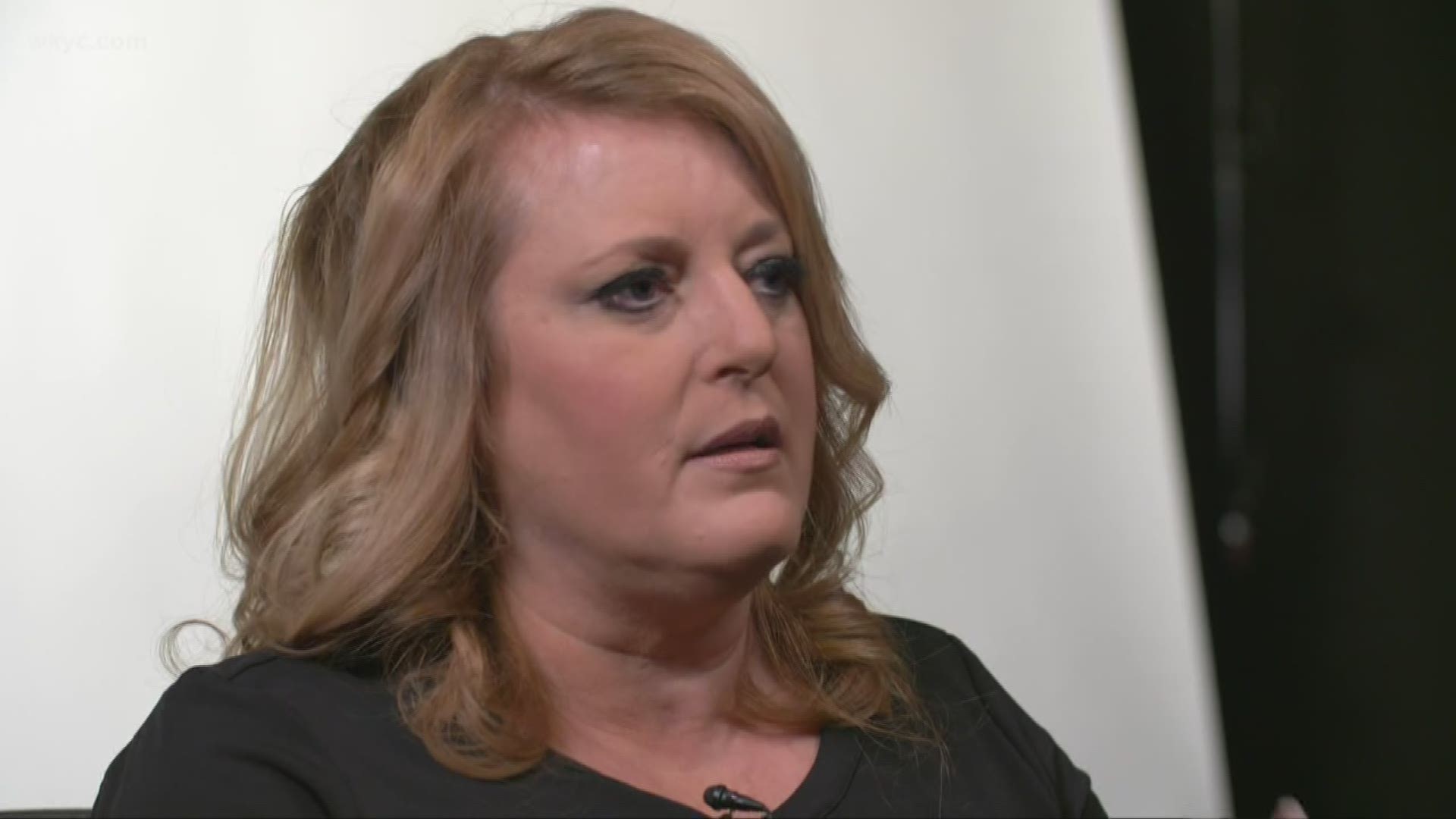CLEVELAND — More than 700,000 Americans are living with a brain tumor today and more than 84,000 people will be diagnosed with a primary brain tumor in 2021.
All brain tumors are not alike. There are more than 120 different types of brain tumor. Only about 1/3 of brain tumors are cancerous. But whether they are cancerous or not, brain tumors can impair brain function and potentially be deadly if they grow large enough to press on surrounding nerves, blood vessels and tissue.
Glioblastoma, the most prevalent primary malignant brain tumor, is the most aggressive form of brain cancer. Despite aggressive treatment strategies combining radiation and chemotherapy with surgery, prognosis for GBM patients remains poor. The average person lives just 15 months after diagnosis.
Meningiomas are typically benign tumors arising from the coverings of the brain and spinal cord. They represent about 1/3 of all primary brain tumors and occur most frequently in middle-aged women.
Meningiomas usually grow inward, causing pressure on the brain or spinal cord. They also can grow outward toward the skull, causing it to thicken. Most meningiomas are noncancerous, slow-growing tumors. Some contain sacs of fluid (cysts), mineral deposits (calcifications), or tightly packed bunches of blood vessels.
Meningiomas account for about 36% of all primary brain tumors. They are most likely to be found in adults older than 60; the incidence appears to increase with age. They occur about twice as often in women as in men.
Monica Robins is a brain tumor survivor, and this episode is dedicated to brain tumor education. In 2019 she was diagnosed with a sphenoid wing orbital meningioma and underwent a craniotomy in October of that year. Her doctor, Cleveland Clinic neurosurgeon, Pablo Recinos, M.D., was able to remove about 90 percent of her tumor, but what remains must be monitored every six months. There is still tumor on her optic nerve, carotid artery, left eye and left eye socket. Monica interviews Dr. Recinos and discusses the latest in treatments and what future research hopes to bring us in this episode of "Health Yeah! With Monica Robins."

